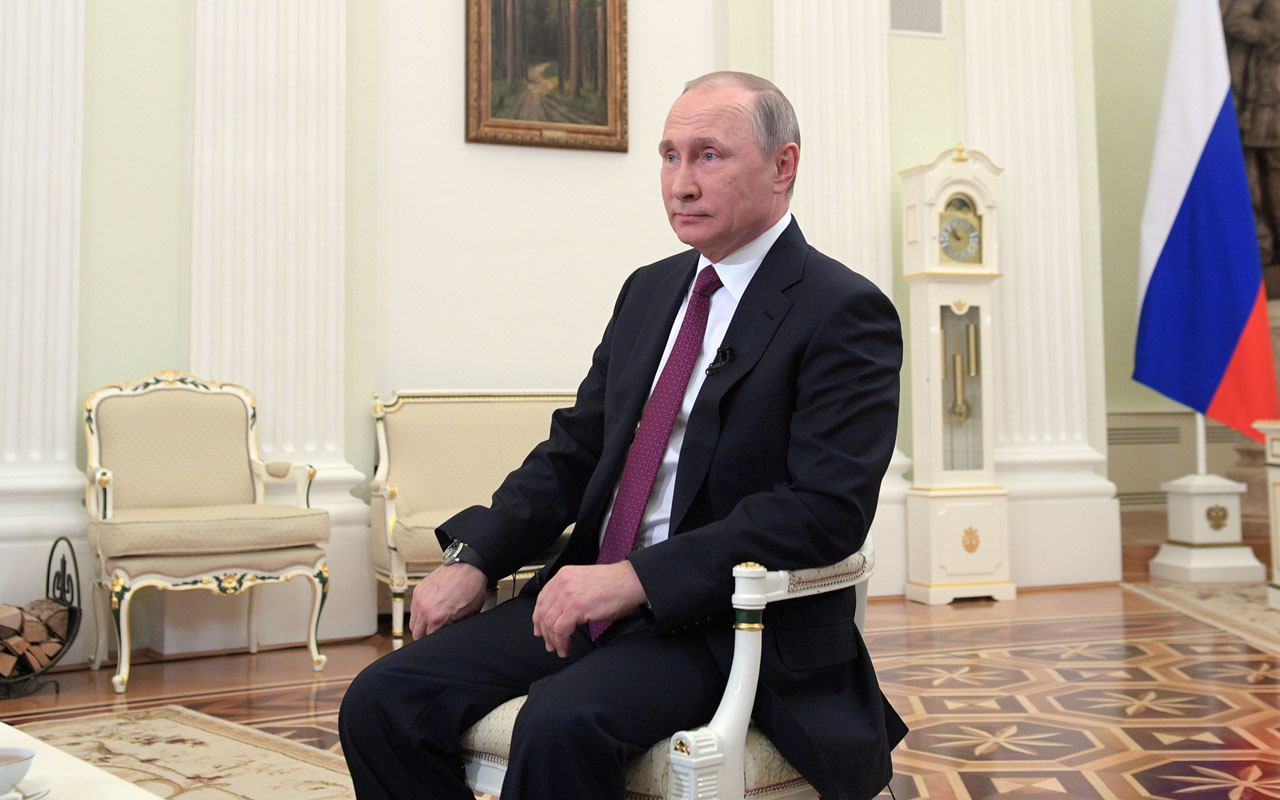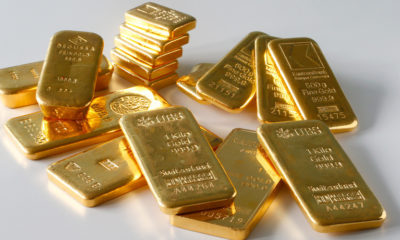Massive risk-aversion is sweeping through financial markets on Thursday in response to Russia’s invasion of Ukraine.
The Russian offensive started in the early hours of the morning in Europe and has been occurring across the country. The mood turned increasingly negative as the morning progressed, with headlines and images displaying the atrocities taking place in Ukraine.
The knee-jerk reaction has been severe across the board and with the situation deteriorating by the hour, we could see further risk-aversion over the coming days. There remains huge uncertainty about how far Russia will go in Ukraine and what the knock-on effects will be across the globe, which could continue to weigh heavily on risk appetite.
This comes at a time when the global economy was already facing numerous challenges as it emerges from the pandemic. There will no doubt be consequences for the global economy, with recent moves in the oil and gas market compounding those pressures that were already being felt by households and businesses this year.
It also creates enormous uncertainty for central banks around the world as, on the one hand, higher oil and gas prices will intensify the inflationary pressures that they’re already trying to fight with rate hikes. But on the other hand, if they suppress economic activity and weigh on demand, it could help alleviate some of those pressures they’re most concerned about.
As it stands, we’re not seeing any massive shift in interest rate expectations but that could change if energy prices continue to rise in response to the Kremlin’s actions in Ukraine. In many ways, Russia has passed the point of no return as painful economic sanctions are coming. Just how painful that will be for them and the rest of the world is still to be determined.
Oil above $100 and could keep going
Oil prices are soaring in response to the Russian invasion of Ukraine as traders are forced to price in sizeable risk premiums associated with the conflict. The market is already extremely tight and unable to easily contend with supply issues and, barring a shift in approach from certain producers with excess capacity, that’s not going to change.
With oil prices well above $100 – up around 7% on the day – and gas prices surging once more, the question becomes just how far they will go. There’s enormous uncertainty around how bad the situation will become in Ukraine and what impact that will have on supplies of oil and gas. The knee-jerk reaction has been strong and we could see prices settle if no further major escalations occur. Unfortunately, that’s a massive “if” given how today has progressed.
Gold could eye highs after the invasion
Gold prices are spiking as traders are drawn to the traditional safe haven in these turbulent times. The conflict in Ukraine brings enormous uncertainty which strengthens gold’s appeal as both a safe haven and an inflation hedge. The price has already hit its highest level since September 2020 and could have further levels in its sights.
The next big test will be $2,000, where it has only traded above briefly in August 2020, hitting a high that month around $2,072. The worse the situation becomes in Ukraine, the more likely it is that we’ll see those levels once more.
Bitcoin suffers as traders head for safety
Bitcoin has come under significant pressure on Thursday as events in Ukraine have punished risk assets. It’s down more than 5% on the day but is a little off its lows. It didn’t quite fall as low as $33,000 to test the January bottom but that could come if the situation in Ukraine deteriorates further. Investors are scrambling for safe havens and it’s clear that bitcoin doesn’t fall into that category. If $33,000 does fall, attention will shift back to $30,000 which will be a major test. A break of this would be a massive psychological blow.

















